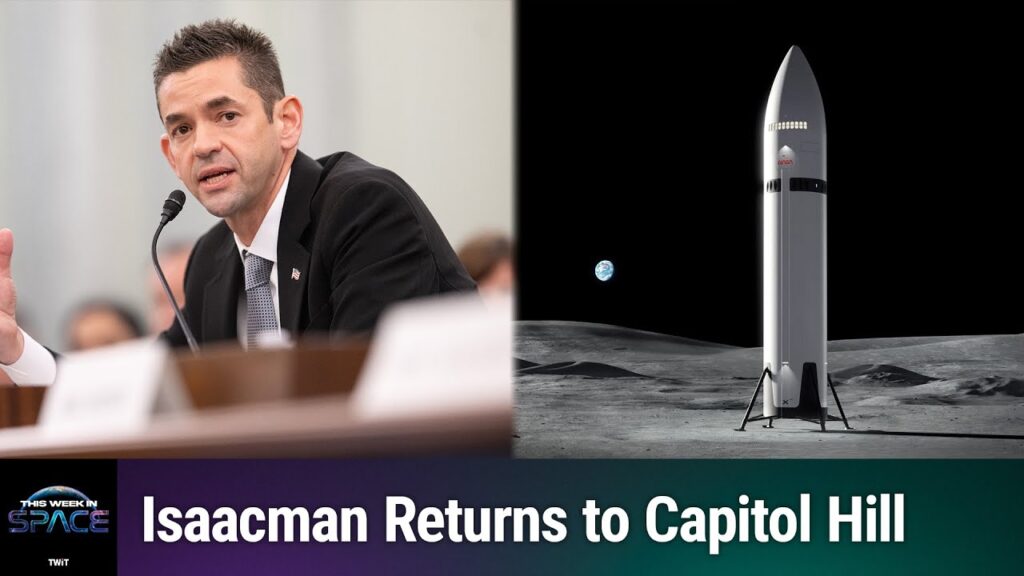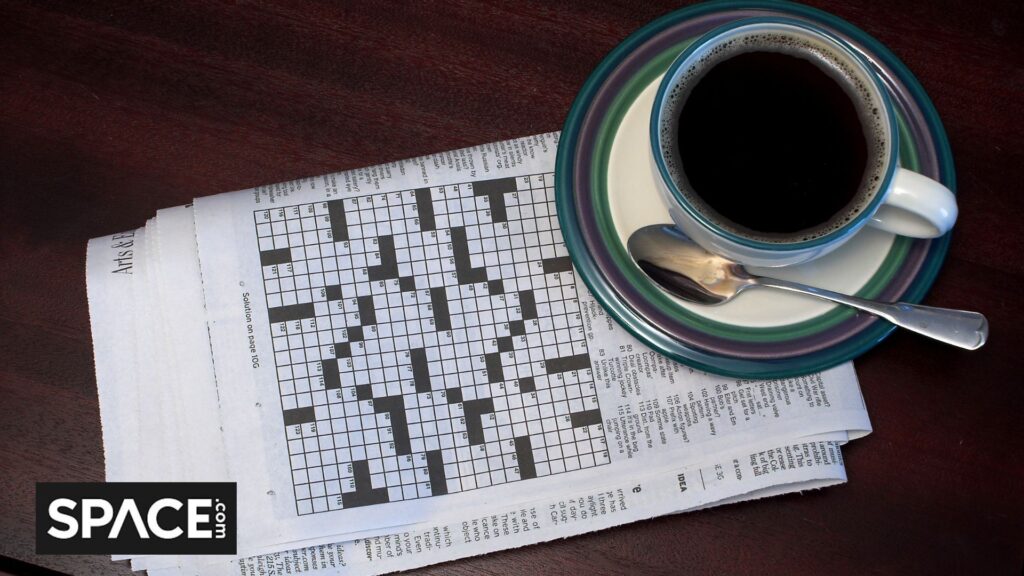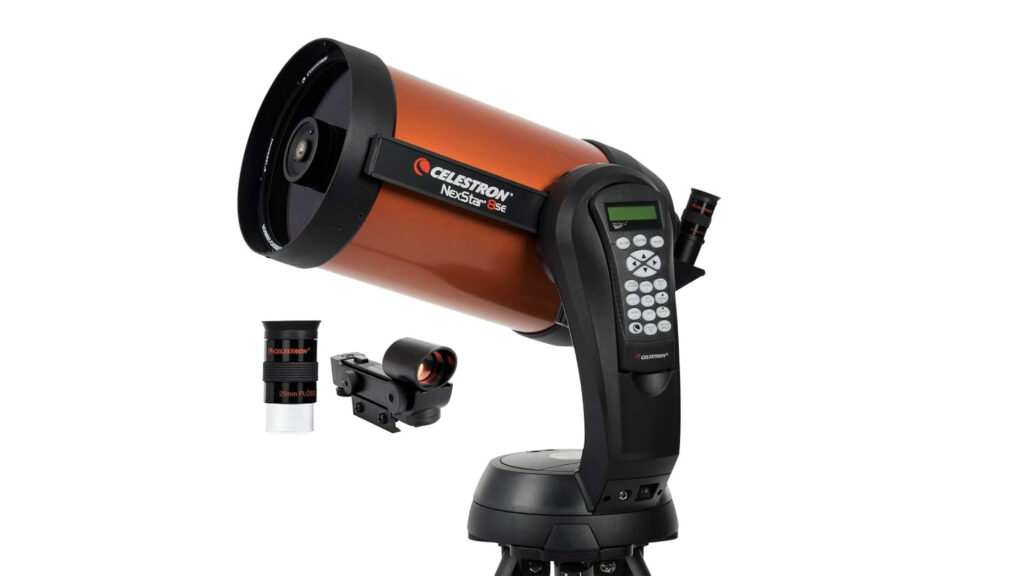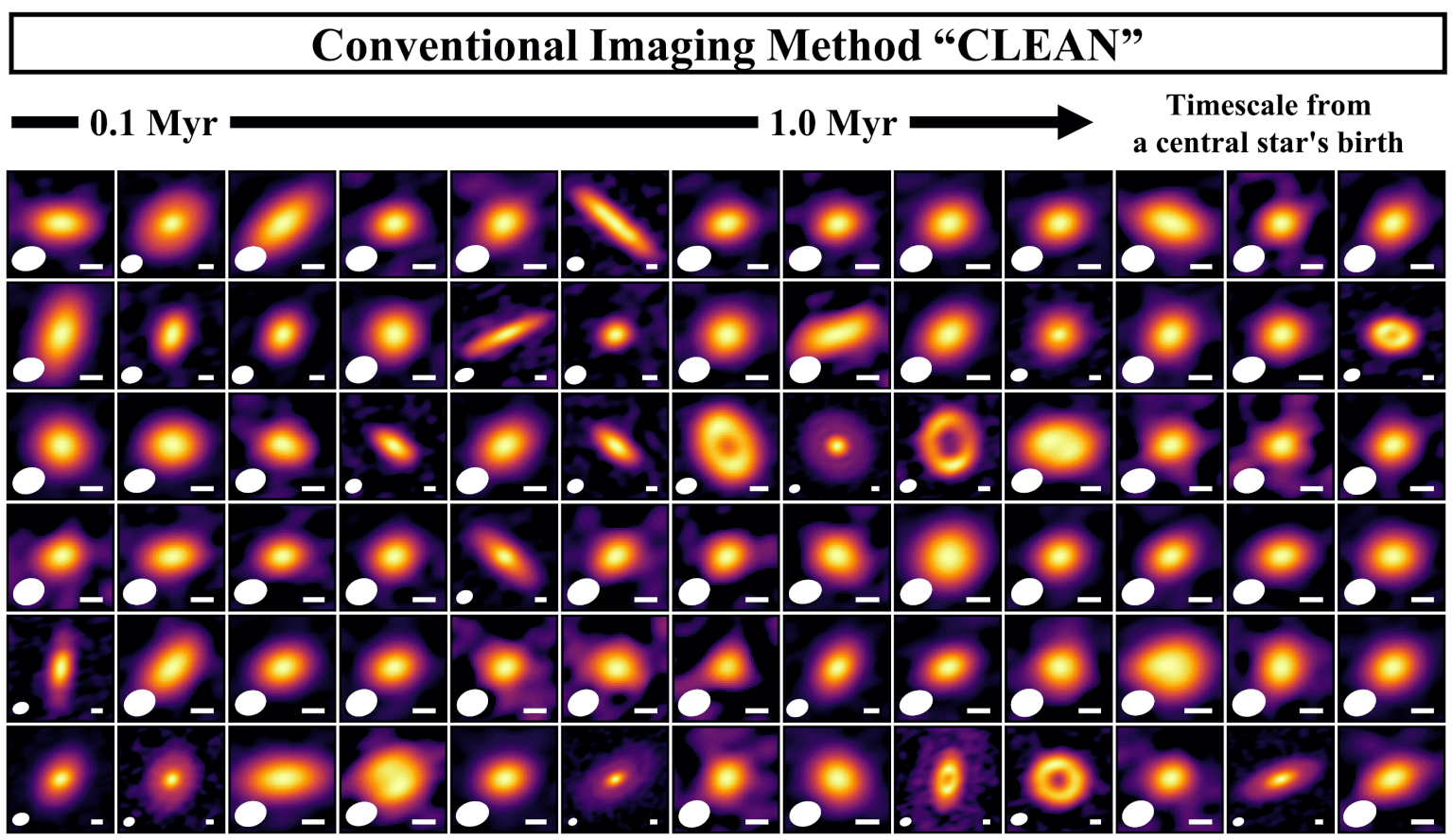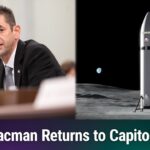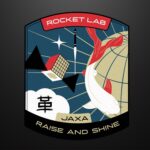Now Reading: Rocket Lab launches ‘Get the Hawk Outta Here’ mission from New Zealand (video)
-
01
Rocket Lab launches ‘Get the Hawk Outta Here’ mission from New Zealand (video)
Rocket Lab launches ‘Get the Hawk Outta Here’ mission from New Zealand (video)
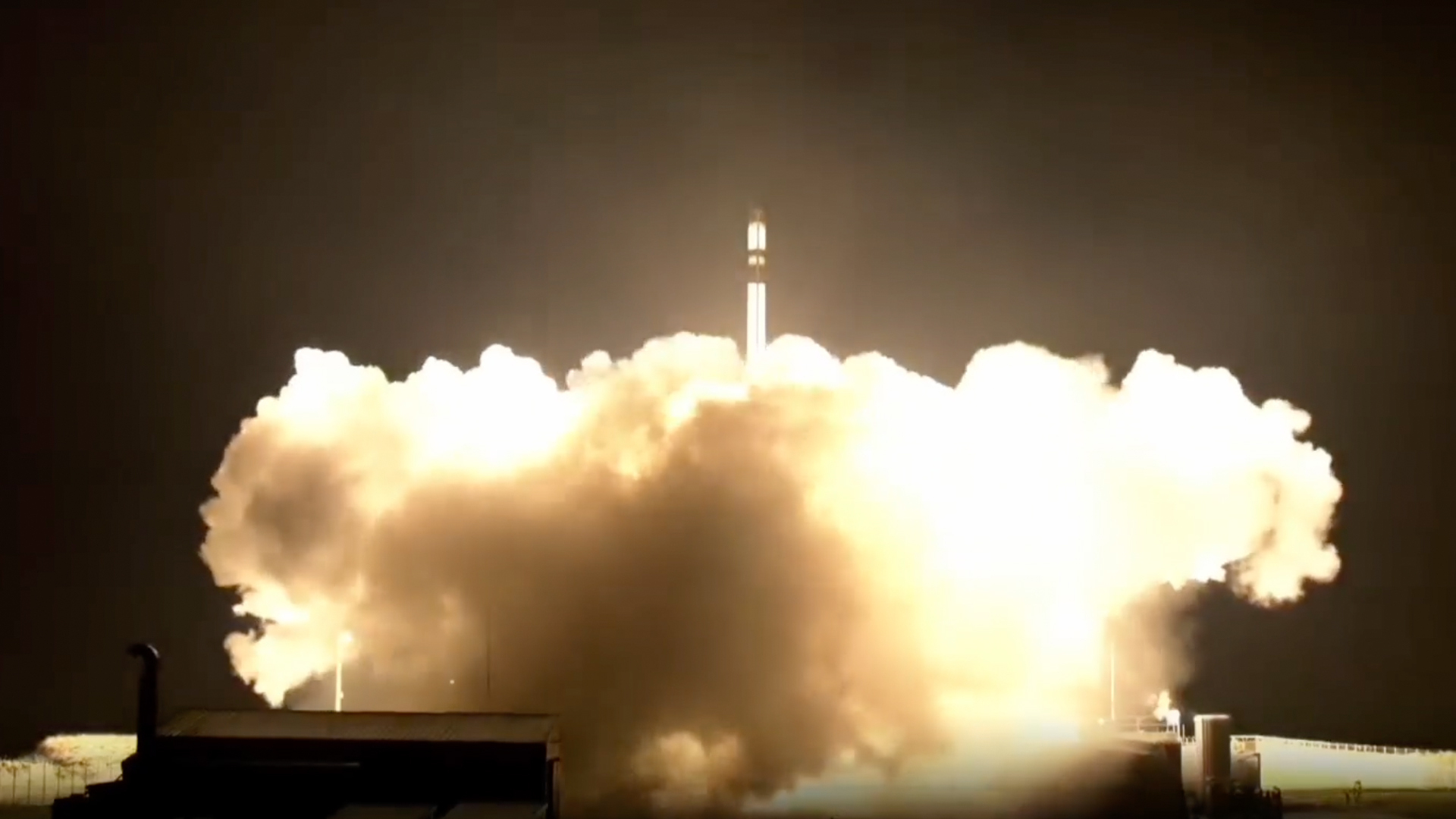
Rocket Lab has launched a quartet of satellites for Virginia-based company Hawkeye 360.
An Electron rocket lifted off from Rocket Lab‘s Pad-A at Launch Complex 1 in Mahia, New Zealand today at 1:28 p.m. EDT (1728 GMT; 5:28 a.m. local New Zealand time on June 27). The rocket carried Hawkeye 360’s “Get the Hawk Outta Here” mission.
Inside Electron’s payload fairings were three radio frequency geolocation microsatellites and a fourth experimental satellite dubbed “Kestrel-0A”. The group was released into a polar low-Earth orbit (LEO) at an altitude of about 320 miles (520 kilometers).
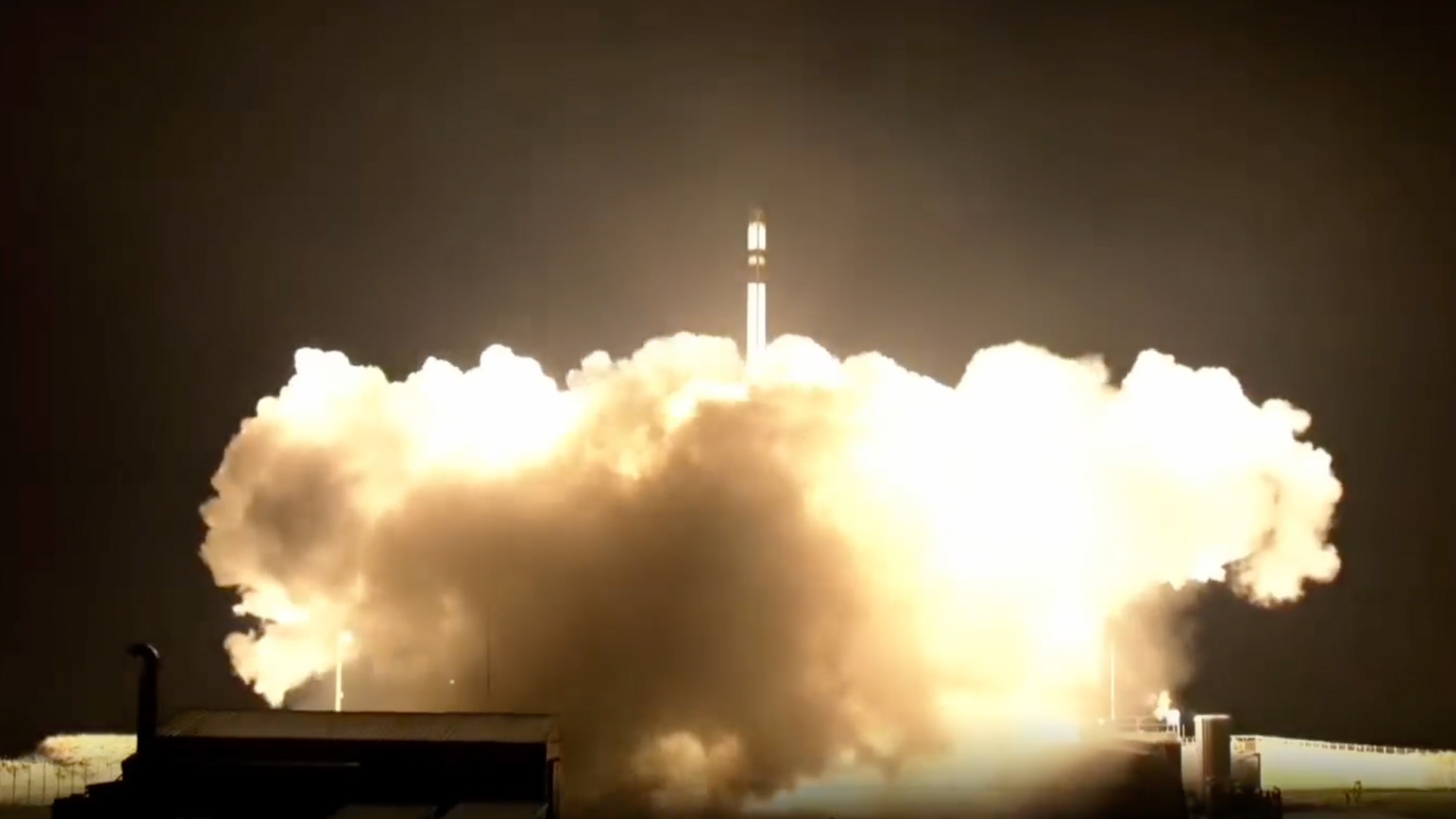
Hawkeye 360 specializes in providing radio frequency geospatial analytics. The constellation trio aboard Get the Hawk Outta Here is designed to triangulate the origin of radio frequencies across the globe and is part of the company’s “Cluster 12.” The satellites will fill a “critical coverage gap,” according to Rocket Lab’s mission description, granting Hawkeye 360 the ability to “extract RF intelligence in regions of strategic interest.”
Kestrel-0A, meanwhile, is designed to “evaluate emerging capabilities and future technology enhancements,” according to Rocket Lab.
🚀 MISSION SUCCESS! All Cluster 12 satellites and Kestral-0A have been successfully deployed to their 520km low Earth orbit for @hawkeye360.That’s 231 payloads deployed by Electron, our 67th mission overall, and 9th launch from LC-1 this year. pic.twitter.com/jFxSOcmfTgJune 26, 2025
Related stories:
Get the Hawk Outta Here is the second of three missions for Hawkeye 360 that Rocket Lab plans to launch. In total, Rocket Lab will ultimately deliver 15 satellites to LEO for Hawkeye 360. The first mission, dubbed “Virginia Is For Launch Lovers,” served as Electron’s debut mission and launched in Jan. 2023 from Rocket Lab’s Launch Complex 2 on Wallops Island, Virginia.
This mission marks the 67th overall launch of Electron and ninth launch of 2025 for Rocket Lab — and the company shows no signs of a slowing cadence.
Rocket Lab still has at least half a dozen launches left on its docket for this year, including the debut of its larger, more powerful Neutron rocket that’s designed to be partially reusable. Rocket Lab also flies a suborbital variant of Electron called HASTE, which serves as a testbed for hypersonic technologies.
Stay Informed With the Latest & Most Important News
Previous Post
Next Post
-
 012024 in Review: Highlights from NASA in Silicon Valley
012024 in Review: Highlights from NASA in Silicon Valley -
 02Panasonic Leica Summilux DG 15mm f/1.7 ASPH review
02Panasonic Leica Summilux DG 15mm f/1.7 ASPH review -
 03How New NASA, India Earth Satellite NISAR Will See Earth
03How New NASA, India Earth Satellite NISAR Will See Earth -
 04And Thus Begins A New Year For Life On Earth
04And Thus Begins A New Year For Life On Earth -
 05Astronomy Activation Ambassadors: A New Era
05Astronomy Activation Ambassadors: A New Era -
06SpaceX launch surge helps set new global launch record in 2024
-
 07From Polymerization-Enabled Folding and Assembly to Chemical Evolution: Key Processes for Emergence of Functional Polymers in the Origin of Life
07From Polymerization-Enabled Folding and Assembly to Chemical Evolution: Key Processes for Emergence of Functional Polymers in the Origin of Life












